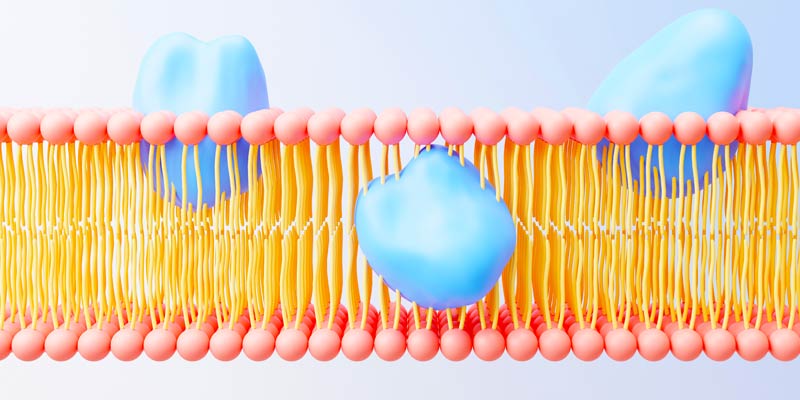
SATURATED FAT KNOWLEDGE

Fatty acids, our beloved lipids
The scientific knowledge of lipids is one of the oldest. Indeed, it has always been recognized how essential fats are to life, as fundamental constituents of cells.
Lipids are made by the human body itself, but also taken in through the diet.
Fatty acid categories
Depending its molecular structure, 3 categories of fatty acids are distinguished:
- Saturated (SFA)
- Monounsaturated (MUFA)
- Polyunsaturated (PUFA)
The first two, saturated and monounsaturated, are produced by the body by biosynthesis and also taken in through diet. The polyunsaturates, distinguished in turn into the omega-3 and omega-6 families, cannot all be produced biosynthetically because there are no enzymes present to convert monounsaturates to polyunsaturates. So, through the diet we take in the first polyunsaturates (precursors of the omega-6 and omega-3 families) and then the body transforms them into other polyunsaturated (so-called long-chain) fatty acids, completing the whole lipid kit needed by cells.
In this article, we will focus our attention on the saturated fat.
Saturated fats, to fear?
Saturated Fatty Acids (SFAs) are the most talked category of lipids; demonized and banned for several years because they were associated a health risk, they are now no longer labelled as harmful, although the scientific discussion is still going on. However, scientists agree that their consumption, meaning the consumption of foods containing them, should be moderated.
What does moderate consumption mean? Since our bodies can produce saturated fatty acids in the necessary and sufficient amounts for metabolic needs, as mentioned above, the consensus is that saturated fat intake can be kept around 15-22 g/day. Recall that fats are often valued in the form of calories, so the convention applies to determine how many calories should be introduced per day (e.g. 2000 calories/day) and of these how much should come from fats of the various types (e.g. saturated fat 220 calories).
In lipidomics, fats are not only calories, but it is necessary to consider not only the quantity of fats but their quality according to their biological role. Thus, the rule of not overdoing a prevailing quality of one type of fat applies even more, especially when – as in the case of saturated fats – they can be produced by the body independently as needed.
NOTE: Remember that saturated fats can also arise indirectly from the activation of their production in the body due to a boost from excessive carbohydrate consumption.
Monitoring dietary saturated fat intake can be a good purpose to practice in daily choices. The food label in this control comes to our aid.
Cell membrane, fatty acids balance

With many years of experience in our Lipidomics Laboratory, making use of cell membrane lipidomics analysis as a tool to verify the quality and quantity of fatty acids present in the body (by means of an ISO 17025 accredited robotic procedure at Lipinutragen, unique in the world), we can state that excessive consumption of saturated fats leads to a condition of imbalance that triggers, in turn, an inflammatory type response at the level of various tissues.
The optimal status is represented by maintaining a balance between the three categories of fatty acids described above, which is consequently reflected in the proper composition of the cell membrane, the lipid layer necessary to give form and function to every single cell in the human organism.
The composition of the cell membrane depends on dietary lifestyle and metabolism. Therefore, special attention must be paid to the choice of fats introduced through diet and, if necessary, through supplementation.
Article by the editorial team of Lipinutragen
The information reported must in no way replace the direct relationship between the health professional and the patient.
Photo: 123RF Archivio Fotografico: 185032521 : ©tanatpon13p | 206211818 : ©nsit0108
- On 8 September 2023



